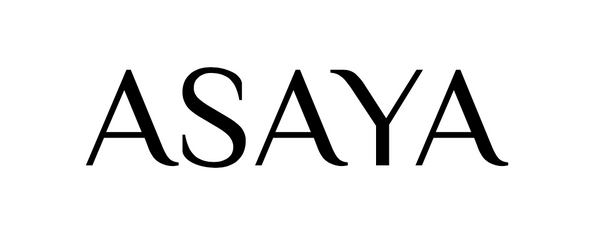Cheongsam vs Qipao: What’s the Difference?
The terms Cheongsam and Qipao are often used interchangeably, but their stories reveal subtle differences. Understanding these distinctions not only deepens appreciation for the dresses but also shows why both remain iconic in modern Asian fashion.
1. Origins: Qipao vs Cheongsam
The Qipao originated during the Qing Dynasty, influenced by Manchu women’s robes. Its early form was loose-fitting and modest, designed for daily wear.
The Cheongsam, from the Cantonese word for “long dress,” rose to popularity in Hong Kong in the 1920s, evolving into a fitted, stylish garment beloved by fashionable women.
2. Silhouette & Design Differences
Traditionally, the Qipao featured a straight, loose cut, while the Cheongsam became known for its form-fitting silhouette with side slits and high collars. Today, both terms often refer to the same style: a sleek dress that highlights femininity and elegance.
3. Modern Interpretations in Bangkok
In Bangkok, both Qipao and Cheongsam are being reimagined for the modern fashion scene. Designers create hybrid versions using luxury fabrics, minimal embroidery, and contemporary cuts that appeal to stylish women across generations.
4. Why Asaya Store Blends the Best of Both Worlds
At Asaya Store, we curate pieces that honor both traditions while embracing modern design. Whether you call it a Qipao or Cheongsam, our dresses are crafted for weddings, parties, and cultural occasions where sophistication is key.
👉 Shop Modern Qipao & Cheongsam at Asaya Store [insert link]

